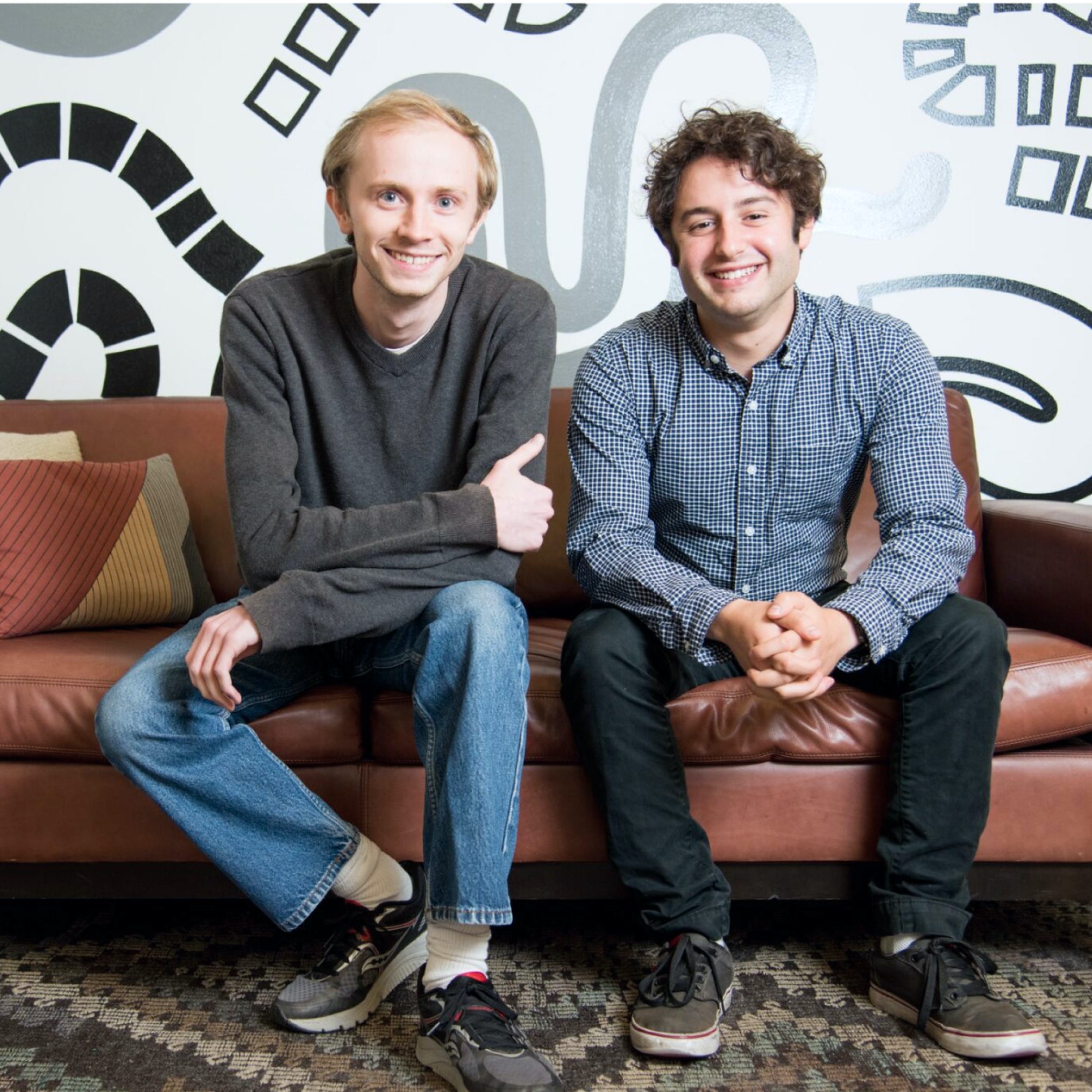
Figma
When Figma went public at the end of July, it marked a revival in the tech IPO market after a three-year lull.
But Terrence Rohan, an early investor in Figma and its first board director, saw the company’s potential well before its blockbuster debut.
“I think you could have very easily written an MBA-style case study on why Figma wouldn’t work,” he told Business Insider. The market seemed too small, the competition too intense, and the margins unworkable, Rohan said. There were many reasons to doubt its success.
Rohan, however, said he saw potential in its founders, Dylan Field and Evan Wallace.
“Dylan and Evan were just exceptional, and they had a vision for the future,” he said of the cofounders whom he first met during their seed pitch in 2013 when he was an investor at Index Ventures.
Index led Figma’s $3.87 million seed round and continued backing the company through multiple funding rounds, according to PitchBook. Rohan served as Figma’s first board director from 2013 to 2015. He’s no longer on the board, but remains on the company’s cap table. He attended their IPO celebration at the New York Stock Exchange and still keeps in touch with Field, who is now CEO.
Figma is a digital design tool that allows people to create and collaborate on creative projects, including websites, apps, and logos. When it launched its first tool in 2015, the idea of real-time, collaborative online design was seen as “heresy,” Field wrote in a post on Figma’s website in 2020.
“It was a generational assault on top-down, siloed models of decision-making and a challenge to the identity of many designers,” he said. Some in the field even told him, “If this was the future of design, they were changing careers.”
By 2022, it had built a base of more than 4 million users. That’s when it attracted the attention of Adobe, which announced plans to acquire the company. But after regulatory pressure, the $20 billion deal collapsed.
When Figma finally went public last month, the offering was more than 40 times oversubscribed, and the stock more than tripled its IPO price on the first day of trading.
Looking back, Rohan said it was Field and Wallace’s authenticity and their sense of self that first won him over. These have become some of the top traits he looks for in founders when he’s considering investing.
“There’s always, like, a long kind of story to what they’re building, or the skill sets that they’re using — but it just fits them,” he said. “Another element that is within that concept of authenticity is a sense of self-awareness.” Those are founders who know “who they are, and they know what they’re good at, and they know what they need to build.”
In the past several months, Figma has released a slate of new features, including tools for ideation, prototyping, and website design.
Rohan said that watching Figma grow has also given him “more confidence in the way that I underwrite seed investing.” He’s now the managing director of the Otherwise Fund, where some of his top investments include Hugging Face, Notion, Robinhood, and Vanta.
The post Here’s how Figma’s founders inspired an early investor appeared first on Business Insider.




